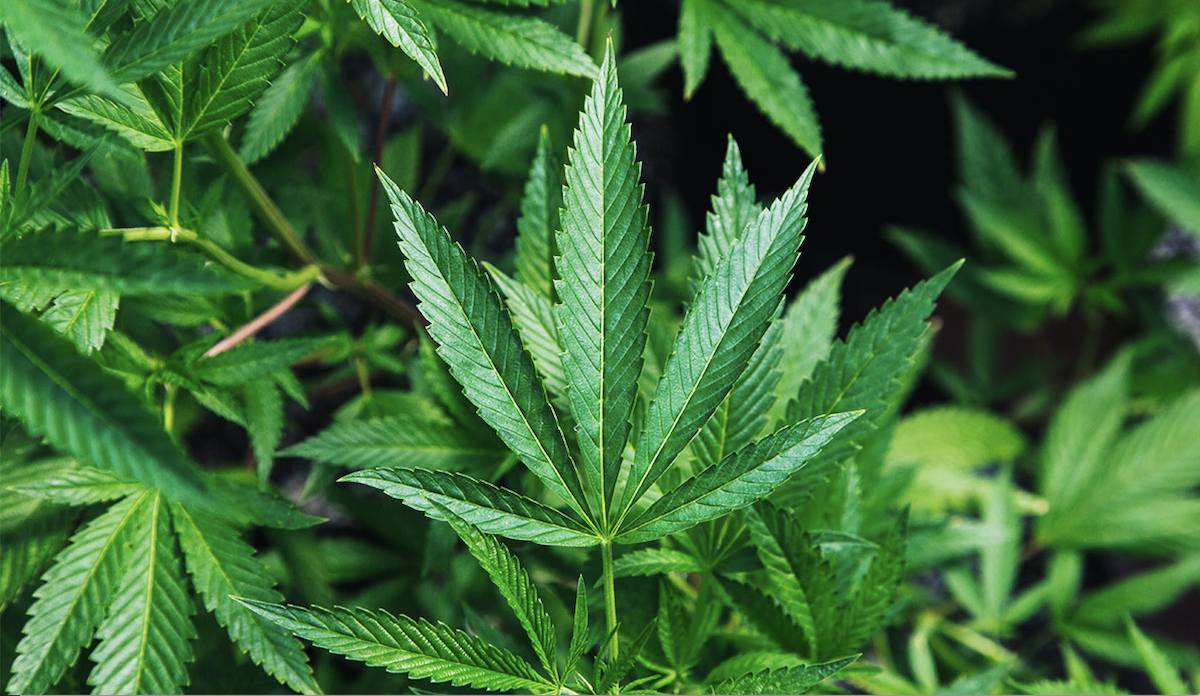Marijuana is legal in 34 states and the District of Columbia for medicinal use and in 10 states and the District of Columbia for recreational use. The recreational legalization of marijuana has been accompanied by an increase in daily marijuana use, rapid commercialization of new products, and marketing promoting myriad benefits. Public health messages describing the potential risks of marijuana use have not accompanied these mass marketing campaigns, primarily due to limited evidence. Most studies on the health effects of marijuana use are in young cohorts and do not follow regular or daily marijuana users for long periods of time.
To better understand current perceptions about marijuana use, we conducted a national survey of just over 16,280 US adults age 18 and older. The survey included questions on perceived risks and benefits of marijuana use, societal effects (including driving under the influence and secondhand smoke), and perceived safety of marijuana versus other substances.
About 9,003 adults (55%) 18 and older completed our survey. Many respondents (81%) agreed with a statement suggesting that marijuana may help manage conditions such as pain or multiple sclerosis where there is some limited evidence of benefit. However, close to half also believed that marijuana can help treat insomnia, depression, and anxiety. The efficacy and safety of marijuana use for these conditions has not been established and marijuana may actually cause harm.
The cannabis industry is making product-related health claims that are unsupported by evidence.
A series of questions in the survey were aimed at understanding how the general public view risks of marijuana use compared to other substances. Over one-third agreed with the statement that smoking one marijuana joint a day is safer than smoking one cigarette a day. Similarly, more than one-third believed that exposure to secondhand marijuana smoke was less toxic than secondhand tobacco smoke. These findings were surprising. Breathing particulate matter (e.g., secondhand smoke, air pollution) is harmful to human health. Despite insufficient evidence for potential harms from daily marijuana smoking, there appears to be an impression among the public that marijuana smoke is not harmful. This experience is echoed by recent observations that, in many public places, there is more tolerance for secondhand marijuana smoke than tobacco smoke. Smoking marijuana and exposure to secondhand marijuana smoke seem to be viewed more favorably by the public than is warranted by our current understanding of the adverse effects of smoke exposure.
The public’s favorable view of marijuana use may not be surprising when one takes into consideration the advocacy for decriminalization, widely broadcast claims of health benefits, and recreational legalization. Moreover, the lack of public health campaigns describing the potential risks of marijuana use may give the impression that there are no harms associated with cannabis use. The development of new cannabis products is largely unregulated. The cannabis industry is making product-related health claims that are unsupported by evidence. The results from our survey demonstrate the need to continue researching the safety and health effects of daily marijuana use. With further research, public health messages can be created that more effectively outline the potential risks associated with cannabis use.
Photo by Rick Proctor on Unsplash















